Red light therapy is becoming more and more popular for treating various cases: from acne to baldness, from reducing pain to improving your mood. It sounds too good to be true. Is it magic or pseudoscience?
The team at our research institute that investigates the effect of light on health, well-being, and the human body decided to determine the benefits of red light therapy. We reviewed more than a hundred scientific studies in the field of light therapy and structured the information.
In this study, we have highlighted the main applications of red light therapy. We have also included research findings. This research describes the effect of light therapy on:
But first, let us take a look at some important terms and their explanations.
The red light therapy devices
Below are the devices that can help reduce wrinkles under the eyes, get rid of dark circles and bags. Red light therapy also has been used successfully to reduce puffy eyes caused by fluid retention, stress, and allergies.
You can use this technology at home or work. It’s quick and easy.
LookBook Wrinkle Reduction & Anti-Aging Panel | Nuve Wrinkle Reduction & Anti-Aging |
- Suitable for all skin types and tones; | - Suitable for all skin types; |
LookBook — Wrinkle Reduction & Anti-Aging Panel

LookBook — Wrinkle Reduction & Anti-Aging Panel is a device that combines multiple technologies of light (infrared, red, and amber) for facial rejuvenation and wrinkles reduction. The device is intended to improve the appearance of deep facial lines such as nasolabial folds (lines from nose to mouth), marionette lines (lines from mouth to chin), and lip borders.
The panel is easy to use. It has 3 selectable wavelengths that can be changed with a simple touch of the screen. When the device starts, it will automatically select the optimal settings.
It is recommended to use this light therapy panel every day for 3 to 6 minutes in one area. The first visible results will be visible in two months. It is also highly advised to wear protective goggles when treating to avoid any damage to eyes.
Nuve — Wrinkle Reduction & Anti-Aging
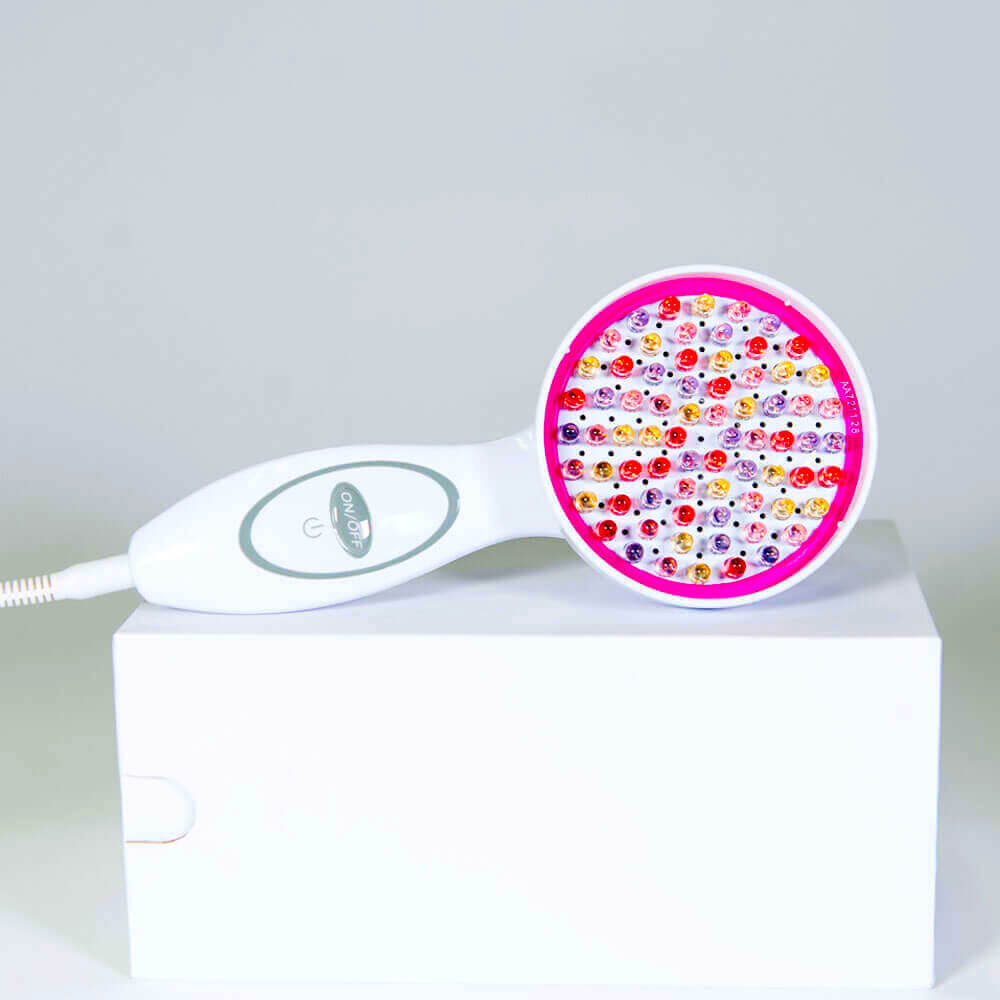
Nuve — Wrinkle Reduction & Anti-Aging is a device that is designed to help you feel more youthful. As it promises, the device can reduce wrinkles and signs of aging.
Nuve uses red light therapy to permeate the tissues of your skin, thus stimulating collagen production. This leads to tighter, firmer skin.
The device is . The red light therapy is clinically tested and proven to be effective in reducing the appearance of fine lines and wrinkles, and bags under the eyes.
It is recommended to use the device daily for 3 minutes. The first visible results will be noticeable after one to two months.
What is red light therapy and how does it work?
Summary: Red light therapy consists of red and near-infrared light waves. Due to their penetrating ability, they penetrate deep into the skin, bones, brain, and blood, and then they encourage energy production in the cells.
Red light therapy (RLT) uses red and near-infrared (NIR) light for therapeutic purposes.
Red light therapy is also often called:
- Low-level laser therapy (LLLT)
- Low power laser therapy (LPLT)
- Photobiomodulation (PBM)
- LED light therapy
- Biostimulation
Infrared light is not visible, but your body can feel the heat. Red light is similar to infrared, but it is visible. Light in the red and near-infrared wavelengths penetrate deeper into the skin than other light sources in the spectrum.
RLT reaches a cell’s mitochondria and allows them to use oxygen more efficiently to produce ATP (the body’s energy currency).
Light penetration into skin illustrating the depth to which wavelengths penetrate human skin. Red light is extinguished some 4–5 mm beneath the skin’s surface, whereas ultraviolet light hardly penetrates at all, and blue light barely 1 mm into tissue [1].
Red light therapy for skin
Red light therapy for wrinkles
Summary: Because of its effect on increasing collagen density, red light therapy (RLT) helps reduce fine lines, wrinkles, skin roughness, and improves complexion.
Noticeable age-related changes include skin density and hyperpigmentation. As we age, we produce less collagen, and as a result, our skin loses elasticity.
A controlled trial in 2014 [2] determined the effectiveness of red and near-infrared light to reduce fine lines, wrinkles, skin roughness, and increases intracutaneous collagen density.
Examples: Before and After
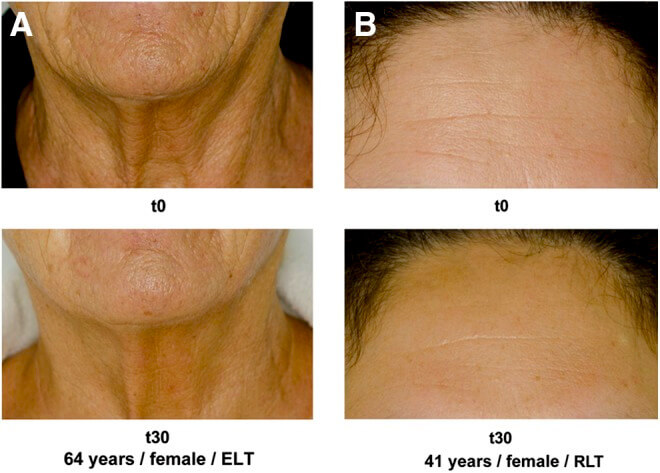
(A) 64-year-old woman, energizing light technology (ELT).
(B) 41-year-old woman, red light therapy (RLT)
Source: US National Library of Medicine National Institutes of Health
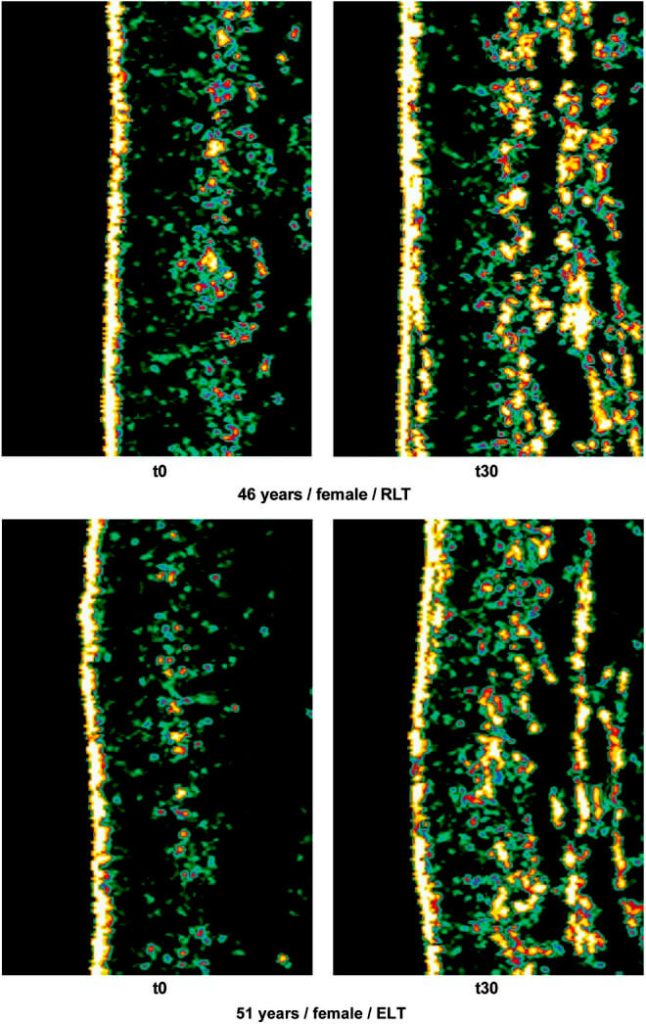
Intracutaneous collagen density increases from t0 to t30.
Source: US National Library of Medicine National Institutes of Health
According to research results, the patients’ face color, skin feeling and roughness, wrinkle condition, and collagen intensity index have improved significantly. Research proves that using RLT and energizing light technology (ELT) is gentle, safe, and provides pleasant skin rejuvenation.
Research is planned for a randomized controlled study [3] to determine how effective red and amber LEDs are in treating periocular wrinkles, also known as crow’s feet. It will also look into the optimal timing to treat wrinkles.
Red light therapy for inflammation
Summary: Low-level laser therapy (LLLT) limits the inflammatory response and reduces oxidative damage, and therefore, it is effective in treating inflammatory conditions such as psoriasis, rosacea, acne, etc. Also, red light combined with blue light (which has a proven antimicrobial effect) increases the effectiveness of acne treatment.
Red light therapy (RLT) limits the inflammatory response and reduces oxidative damage by reducing the number of inflammatory cytokines [4]. Therefore, red light therapy is actively used to treat inflammatory diseases such as psoriasis, rosacea, acne, and others.
Red light therapy for acne and rosacea
Red light therapy is already actively used to treat acne. Many studies [5] have been carried out proving the efficacy of Low-level laser therapy (LLLT) in the spectral range from red to NIR (630-1000 nm) and power (200 mW) alone or in combination with other acne treatments.
Usually, red light is combined with blue light (which has a proven antimicrobial effect [6]) because this combination is synergistic in the treatment of acne. Below are some examples of such studies.

Source: US National Library of Medicine National Institutes of Health

Source: US National Library of Medicine National Institutes of Health
Also, a comparison [7] was made between red LLLT (630 nm) and infrared LLLT (890 nm) for treating acne. For this purpose, one-half of the patient’s face was treated with red LLLT, and the other half was treated with infrared LLLT. After 10 weeks, the treated side at 630 nm LLLT was significantly improved, and in the treated area at 890 nm LLLT, there was little improvement. This demonstrates the effectiveness of LLLT 630 nm in treating acne compared to infrared wavelengths.
Rosacea is a common inflammatory skin condition affecting approximately 5% of the world population. The combination of blue light (480 nm) and red light (650 nm) is an effective and safe method to treat rosacea conditions [8].

Source: US National Library of Medicine National Institutes of Health
Red light therapy for psoriasis
Psoriasis is an autoimmune inflammatory skin disease that is one of the most common dermatological problems worldwide. LLLT, because of its ability for greater penetration and potential photobiomodulation, is proven effective in treating psoriasis [9].
In 2009, a small study that included nine patients with chronic psoriasis demonstrated the efficiency of combined LED phototherapy (830 nm in the near-infrared and 633 nm in the visible red range). These patients who were resistant to conventional treatment had impressive results. After 4 to 5 weeks of treatment, along with a follow-up period of 3 to 8 months, the recovery rates ranged from 60 to 100% [10].
Red light therapy for scars (acne and surgical)
Summary: Using RLT as a prophylactic method to modify wound healing may optimize healing and prevent excessive scarring. Scientists do not yet have a definitive answer to why improvements occur, and more research is being carried out to investigate.
Scars are a normal part of the healing process. In this way, our body closes a wound quickly and effectively. But alas, it spoils the appearance of the skin and is difficult to remove or minimize. However, studies [11] aimed at verifying the effectiveness of using LLTT as a preventive method to change the healing process of wounds have shown positive results. The research was successfully conducted on different types of scars. The most common types are described below.
Hypertrophic scars and keloids are benign skin tumors formed after surgery, trauma, or acne due to excess collagen deposits that make the scar look elevated. Keloids look more elevated than hypertrophic scars.
Atrophic (dimpled) scars: this is the most common type caused by a lack of collagen, which leads to a dimpled scar.
In 2010, a study [11] was conducted on three participants with different scars. As a result, participants showed significant improvements in scar healing when treated with NIR-LEDs compared to the control side. Besides, no side effects of treatment were reported. But scientists do not yet have an exact answer to how RLT improves scars’ appearances.
The result of one of the participants is presented below. The patient underwent a facial post-lifting procedure and surgical revision (dissection of scars).
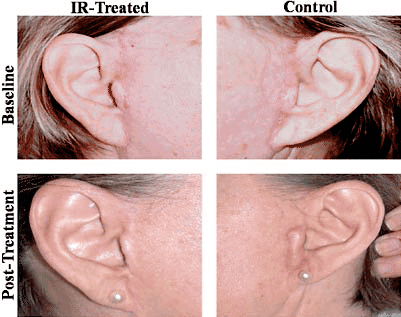
Upper panel – control side; lower panel – NIR-treated side.
Source: Research Gate
The use of LED-RL phototherapy in the early postoperative period can optimize wound healing and prevent excessive scarring. For more information on this topic, a randomized parallel trial is currently underway for thirty patients who underwent elective mini-lifting surgery [12].
Red light therapy for eyes
Is it safe, or should you use goggles?
Summary: The light is quite bright, and people with high sensitivity to light or just a feeling of discomfort in the eyes during therapy need to use protective glasses.
But red light therapy even benefits the eyes (more for people 40 years and older) by improving color contrast sensitivity and seeing in low light conditions.
People often wonder if red light therapy is safe for the eyes and whether they should wear goggles during the procedure. The light is quite bright and can be inconvenient for people with high sensitivity to light. In this case, you need to wear safety glasses. But in general, red light is not harmful to the eyes, and in fact, proves to be beneficial.
A recent study [13] has proven that red light at 670 nm improves vision. Some people have improved the sensitivity of color contrast up to 20% and have also significantly improved the ability to see in low light conditions. This effect was found in people aged about 40 years and older.
Retina photoreceptor cells have high energy requirements. Mitochondria that produce energy (ATP) and boost the functions of cells slowly start to decline as we age. This results in energy-deprived photoreceptors that are unable to perform their role. At 40 years, the photoreceptors have decreased sensitivity of the retina, which causes color vision to deteriorate.
Glen Jeffery, a professor at the UCL Institute of Ophthalmology, mentioned how their study demonstrated the possibility of improving declined vision significantly in aged individuals. This was done through short exposures to light wavelengths. These wavelengths played the role of recharging the energy system in the retina cells. The technology was not only safe but also simple to use. It uses a deep red light of a controlled wavelength that the mitochondria absorb in the retina and utilizes it to supply energy in cellular function [14].
Red light therapy for hair
Reviews whether it works for hair loss and helps hair growth
Summary: Low-level laser therapy (LLLT) is effective and safe to treat androgenic alopecia. Although men and women have different hair loss patterns, LLLT improves the amount of hair in everyone at the same rate.
With age, both men and women often have androgenic alopecia (a form of hair loss). But the nature of hair loss is different. In men, hair loss follows a pattern that begins at both temples or near the top of the head, often resulting in partial or total alopecia. In women, the hair becomes thinner all over the head, and the hairline does not recede, which rarely results in complete baldness.
Low-Level Laser Therapy (LLLT) affects cells or tissues with low levels of red and near-infrared light. It has been used in medicine for over 30 years for photobiostimulation for a variety of indications. However, it is only relatively recently that serious research has begun on LLT to treat androgenic alopecia.
Some studies have already yielded positive results:
- A double-blind, randomized controlled trial in 2013 [15] showed a significant increase in hair count in men with androgenic alopecia thanks to LLLT scalp at 655 nm and proved the procedure’s safety.

Hair count was 143 at baseline and 322 at 16 weeks.
Source: ResearchGate
- Continuing the first study, a study was conducted in 2014 [16] to determine the safety and effectiveness of LLLT treatment in women with androgenic alopecia. As a result, it was shown that LPLT at 655 nm of scalp improved the hair count in women at a rate similar to that observed in men.

Hair count was 153 at baseline and 221 at 16 weeks.
Source: National Center for Biotechnology Information
- A randomized clinical trial [17] that used sham devices along with the double-blind effect was conducted to determine the effectiveness of hair loss treatment using a low-level laser device. The results demonstrated the effectiveness of LLLT for hair loss treatment in both men and women.
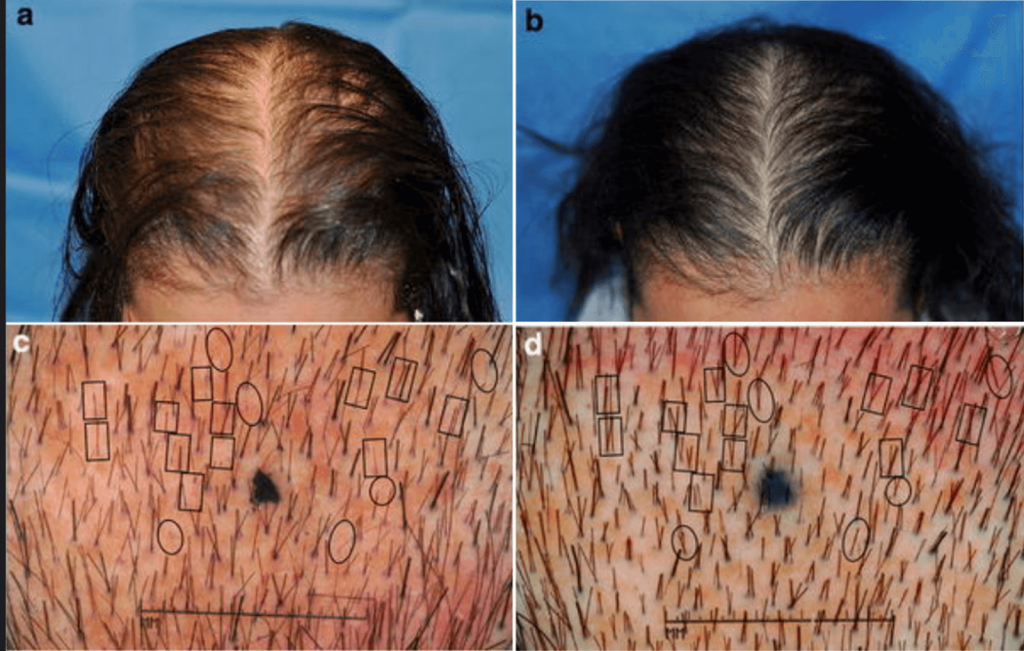
Female subject: at baseline (a) and after 26 weeks (b) of the 12-beam laser comb treatment.
Male subject: at baseline (c) and after 26 weeks (d) of the 9-beam laser comb treatment.
Source: National Center for Biotechnology Information
- The research results showed improvements in monotherapy and combination therapy of both male and female sexes [18]. The improvement was observed after 3 months and continued until the maximum observation time of 24 months.

and improvement after (b) 6 months, and (c) 12 months of low-level laser therapy
Source: National Center for Biotechnology Information
Among the various mechanisms, the main hypothesis is the stimulation of epidermal stem cells in the hair follicle protrusion, and the follicle shift into the anagen phase. More research is needed to support these results and develop more standardized protocols. Still, LLLT has already been shown to safely and effectively stimulate hair growth in both men and women.
Red light therapy for weight loss
Does it work for fat loss? And can it reduce cellulite?
Summary: Low-level laser therapy (LLLT) has demonstrated its effectiveness in body contouring and weight reduction. The changes were caused by a reduction in fat, not just fluid or fat re-allocation. And when combined with exercise, LLLT has the additional effect of improving body aesthetics and aiding in the treatment of cellulite.
When we have extra kilograms on our scales or extra centimeters on our waist, we dream of losing them without changing our diet or committing to exercise. The market is full of different products that promise results without effort. Alas, most of them do not work, and often their effectiveness is not tested by scientific research. What about LLLT? Does it work for weight loss? And against cellulite? Many studies have been conducted on the effects of LLLT on weight loss. We would like to mention some of them here.
Back in 2009, a study [19] was conducted to evaluate the use of 635 nm and 17.5 mW of output power for body contouring, namely the waist, hips, and thighs. According to the results of the study, the participants in the treatment group had a total reduction of -3.51 inches and placebo -0.684 inches.
There is a study [20] that concluded that even bright morning light affects weight loss. It can reduce fat and appetite in overweight women and can be included in weight control programs.
After the results were obtained, there was still doubt as to whether the volume change was the result of a simple redistribution of liquid or fat. To clarify the results, a study [21] was conducted in which 689 participants received a total of six LLLT procedures within 2 weeks. Before and after the study, participants were given their body measurements (waist, hips, arms, knees, neck, and chest).
Participants showed an overall average volume decrease of 5.17 inches at all points. Each measured area, including untreated areas, showed a significant volume decrease. This indicates that the changes were not related to the re-allocation of fluid or fat.
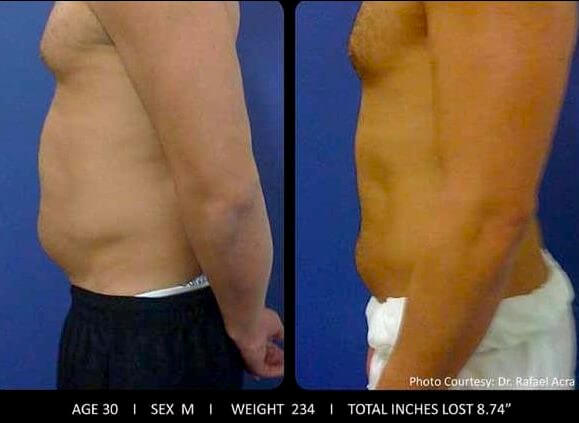
Source: Wiley Online Library
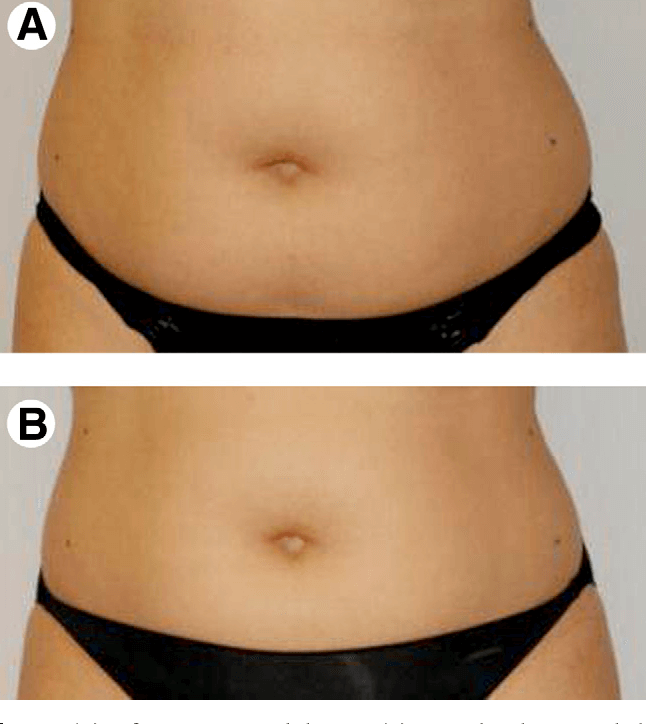
(B) Immediately post 5 daily 40 minute treatments over one week: 2.0-inch total reduction
Source: Semantic Scholar
A study from 2018 showed that LLLT combined with exercise has an additional effect: it improves body composition and the anti-inflammatory processes. This suggests that this type of intervention is clinically feasible to control obesity and related diseases. [22]
The studies are not limited to weight loss. Some of them refer to the treatment of cellulite with a red light. There is a study [23] that evaluated the effectiveness of infrared LED (850 nm) plus treadmill training for this purpose. This study involved 20 women (25-55 years old) who were divided into two equal groups. The first group just practiced on a treadmill, the second group practiced on a treadmill and received phototherapy. Below is an example of a participant from the second group. This proves a positive effect in improving body aesthetics by using infrared LED in combination with treadmill training.

Source: Research Gate
Red light therapy for pain
Back pain, joint pain, etc.
Summary: Red light therapy reduces pain by enhancing the affected areas’ microcirculation leading to optimal cell function. But so far, only short-term pain relief has been proven. Research into red light therapy for the treatment of persistent pain conditions and chronic pain is more evidence based.
Pain is a rather complex phenomenon and is perceived subjectively. People with constant pain are forced to use drugs all the time, which only blocks the perception of pain and can lead to serious side effects. Therefore, all sorts of studies are carried out to somehow improve this situation. Red light therapy has shown good results. It works at the cellular level, contributing to the optimal functioning of the cells rather than blocking the perception of pain.
Below are some studies on the effect of red light therapy on pain:
- Infrared therapy for chronic low back pain [24]. The pain was measured from 1 to 10 on a numerical rating scale (NRS). At the end of the study, the average NRS scores decreased from 6.9 to 3 in the treated group. In the placebo group, the average NRS decreased from 7.4 to 6. The block of infrared therapy, in comparison with placebo, showed positive results in diminishing chronic lower back pain with no side effects.
- Low-level laser therapy (LLLT) against pain in patients with musculoskeletal disorders [25]. A meta-analysis conducted in 2017, which combined the results of 18 studies, showed that LLLT is an effective therapeutic method to reduce pain in adult patients with disorders of the musculoskeletal system.
- LLLT for osteoarthritis of the knee joint [26]. Within 4 weeks, some patients with knee osteoarthritis (KOA) received LLLT, and some received placebo LLLT. There was a notable improvement in pain, circulation, flexion, and sensitivity to pressure in the group with active LLLT. No changes were recorded in the placebo group.

First column: immediately after the last treatment session (AT); Second column: 2 weeks AT; Third column: 2 months AT
Source: National Center for Biotechnology Information
- Red light therapy for neuropathy [27]. There is limited evidence that monochromatic infrared energy (MIRE) leads to short-term neuropathic pain relief and is likely not sustained over time. Since the quality of the evidence is poor, further research is likely to change the evaluation effect.
Also, a study [28] on the impact of light therapy on chronic pain is currently under development. The estimated date of the study completion is the end of 2023.
Red light therapy for brain or neurological and mood disorders
Summary: There is not yet enough scientific evidence to support the effectiveness of Red light therapy (RLT) in treating Alzheimer’s disease. But some small studies are demonstrating the feasibility of larger controlled trials.
Also, RLT is known to improve conditions relating to major depressive disorders and provides a rapid improvement in patients with seasonal mood disorders. But further clinical studies are needed to better understand the efficacy of this treatment.
Red light therapy for Alzheimer’s
Alzheimer’s is the most common form of dementia, causing problems with memory, thinking, and behavior. In the early stages, symptoms are insignificant, but over time the condition worsens, and people lose the ability to perform daily tasks.
Photobiomodulation in animal studies has shown its potential to treat AD. And in 2017, a study was conducted on five patients with mild to moderate degrees of cognitive impairment [29].
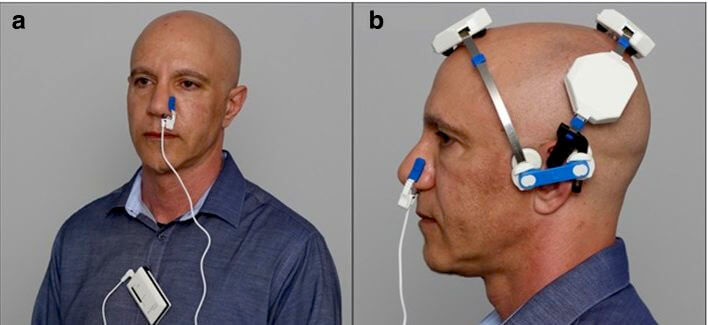
Intranasal device “810” (a) and Neuro device (b).
Source: National Center for Biotechnology Information
The result after 12 weeks demonstrated improved cognitive function, better sleep, less angry outbursts, and anxiety. And this is so far the first completed case that demonstrates the expediency of conducting larger controlled trials.
Red light therapy for depression and anxiety
The first clinical trial of depression was published in 2009. It was conducted on 10 patients with severe depression (anxiety, drug addiction, PTSD) [30]. The psychological state of patients was assessed with the following instruments: Standard Clinical Diagnostic Interview (SID), 21-point Hamilton Depression Assessment Scale (HAM-D), Hamilton Alert Scale (HAM-A), and Positive and Negative Affect Schedule (PANAS).

The legend numbers correspond to the patient numbers.
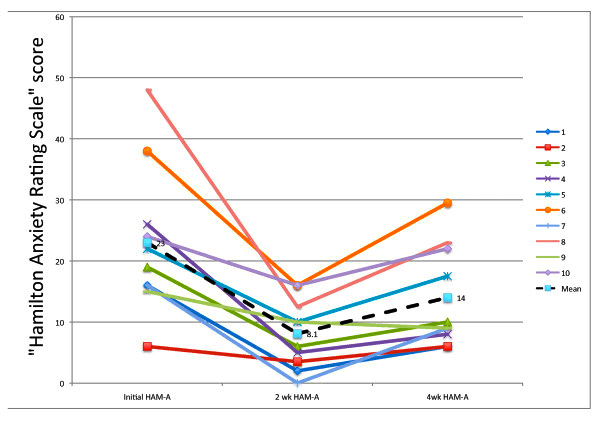
Source: National Center for Biotechnology Information
After treatment, the patients had improvements that stayed for 2 weeks but weakened after 4 weeks. The improvement was statistically significant for HAM-D and HAM-A but not for PANAS. Such results imply the further study of the NIR-PBM for psychological disorders and additional study of treatment methods to optimize results.
A few years later, a double-blind, randomized trial was conducted to examine the tolerance and efficacy of MDD in patients with major depressive disorder (MDD) [31]. Patients were successfully treated without any major side effects, and the mean GAM-D value after treatment dropped from 19.8 ± 4.4 (SD) to 13 ± 5.35 (SD).
These results confirm and expand preliminary data on NIR as a new intervention for MDD patients, but further clinical research is needed to better understand the efficacy of this new treatment.
In 2017, a randomized placebo-controlled trial [32] was conducted to study the possible rapid effects of light therapy on depressed mood in patients with seasonal mood disorders. This was the first study in which there was an immediate reduction in a depressed mood. It was noticeably measured just after 1 hour of light therapy.
Red light therapy for sexual/hormonal function
Summary: So far, the effect of red light therapy on testosterone levels has not been proven or disproven. At this point, we can only speak confidently about the positive effect of bright light therapy on testosterone levels leading to greater sexual satisfaction in men with low sex drive. Nevertheless, more research is needed.
After the age of 30 years, testosterone levels in men begin to fall (about 1% per year). This is normal, but poor nutrition, stress, sedentary lifestyle, lack of sleep, and other factors that most men face many times accelerate this process. As a result, it can lead to a decrease in sexual function, an increase in adipose tissue, reduction of energy and muscle mass.
Scientists have previously noted that testosterone levels vary from season to season, suggesting that light therapy, similar to that used to treat some forms of depression, may increase testosterone levels.
So far, there are no reliable studies on the effects of red light therapy on testosterone. However, a pilot randomized, placebo-controlled study [33] was conducted by the University of Siena in Italy in 2016. It demonstrated the impact of bright light on the testosterone levels of 38 men.
The results showed that the group exposed to bright light tripled their sexual satisfaction scores and their testosterone levels increased from about 2.1 ng/ml to 3.6 ng/ml, while the control group had no change. This study gave encouraging results on the effect of light therapy on testosterone levels. However, before it can be used as a therapy, more research is needed.
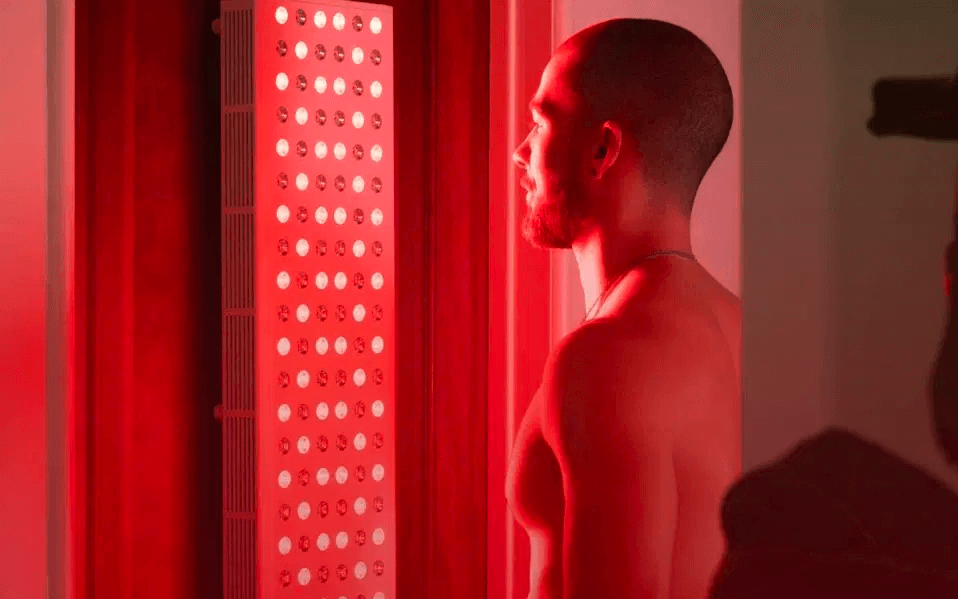
Red light therapy for pets
Summary: The effectiveness of Red light therapy (RLT) in treating animal diseases is difficult to assess unequivocally. But it is already clear that the introduction of laser therapy into veterinary medicine can improve the quality of life of patients with chronic pain, aid in wound healing, and be useful in common animal hair problems.
Red light therapy works on animals as well as on people. Many of the existing studies on the effects of red light therapy on animals are mainly preclinical studies on rats and mice. However, there are several studies on other animals such as chickens, pigs, cows, fish, etc. The most frequently studied animals are dogs and horses, so we will talk about them in detail.
Red light therapy for dogs
Dogs after rats and mice are the most well-studied animals in phototherapy studies. Below are some of these studies.
In 2017, blind, randomized clinical trials [34] were conducted on 27 dogs undergoing osteotomies on the tibial plateau. The study aimed to evaluate the effect of preoperative Low-level laser therapy (LLLT) on the therapeutic results.
As a result, there was a significant difference in peak vertical strength between LLLTs (39.6% ± 4.7%) and placebo groups (28.9% ± 2.6%) during the eighth week after surgery. For all other parameters, there were no significant differences between the groups. Most LLLT-dogs (5/8) healed within eight weeks (3/12 in the placebo group). This suggests that the use of LLLT may improve the postoperative return to normal function after canine osteotomy.
In 2014, a study [35] was conducted on the effectiveness of LLLT on hair growth in dogs with non-inflammatory alopecia. The experiment was conducted on seven dogs of different ages, breeds, and sex. As a result, the coat growth of six dogs was significantly increased, and one of them had moderate coat growth.
In 2012, a prospective study [36] showed that LLLT in combination with surgery promotes more rapid in dogs with myelopathy T3-L3 than surgery alone. The time needed to attain the 4 score was noticeably shorter in the low-level laser therapy group than in the control group (median 3.5 days compared to median 14 days).
Red light therapy for horses
Several studies on wound healing in horses were conducted. One illustrative study is a 2012 study [37] on eight mares that confirmed the positive effect of LLLT on wound healing in the horse’s metacarpal bone.
Laser radiation with a wavelength of 635 nm at 5.1 J/cm2 was used for treatment. On the 17th day of treatment, there was a significant difference in wound size between the control and treatment groups. On the 80th day, the wounds in the control group were 9% more than in the irradiated group, where the wounds were closed, and the epidermization process was completed.
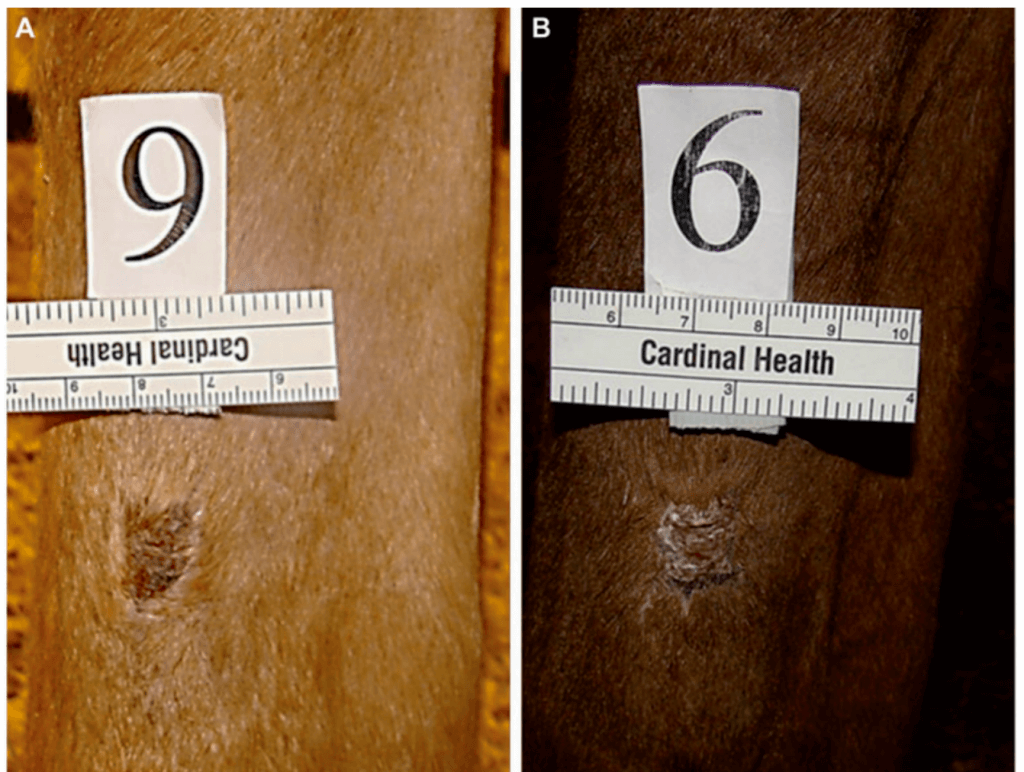
Source: Research Gate
A standardized, controlled trial on 12 warm-blooded horses in 2020 [38] showed that multi-frequency high power laser therapy significantly improves healing of the suspension branch of the ligament.
The verdict
After reviewing over a hundred scientific studies on light therapy, we understand why it appeals to researchers and laypeople alike.
There are still enough aspects left for further research in the field of red light therapy. There are no generally accepted treatments and no standardized testing of results.
But it is already clear that red light therapy is neither magic nor a placebo. Red light therapy, because of its properties, acts on the body on a cellular level.
Many studies demonstrate the real effects of RLT on the body. But it is certainly not a miracle pill for everything.
Red light therapy works best for skin wrinkles, acne, psoriasis, rosacea, androgenic alopecia, and seasonal mood disorders.
Red light therapy has a moderate and proven effect on weight loss, cellulite, eyes, persistent pain conditions, major depressive disorders, and treating animal diseases (chronic pain, wound healing, and common animal hair problems).
And it is still under research for Alzheimer’s disease, testosterone, and much more.
Sources
[13] Ioannis Kokkinopoulos, Alan Colman, Chris Hogg, John Heckenlively, Glen Jeffery, Age-related retinal inflammation is reduced by 670 nm light via increased mitochondrial membrane potential, Neurobiology of Aging, Volume 34, Issue 2, 2013, Pages 602-609, ISSN 0197-4580, https://doi.org/10.1016/j.neurobiolaging.2012.04.014.
[14] Chrishne Sivapathasuntharam, Sobha Sivaprasad, Christopher Hogg, Glen Jeffery, Aging retinal function is improved by near infrared light (670 nm) that is associated with corrected mitochondrial decline, Neurobiology of Aging, Volume 52, 2017, Pages 66-70, ISSN 0197-4580, https://doi.org/10.1016/j.neurobiolaging.2017.01.001
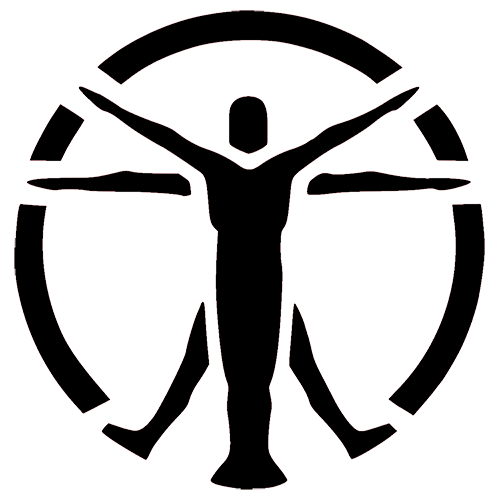
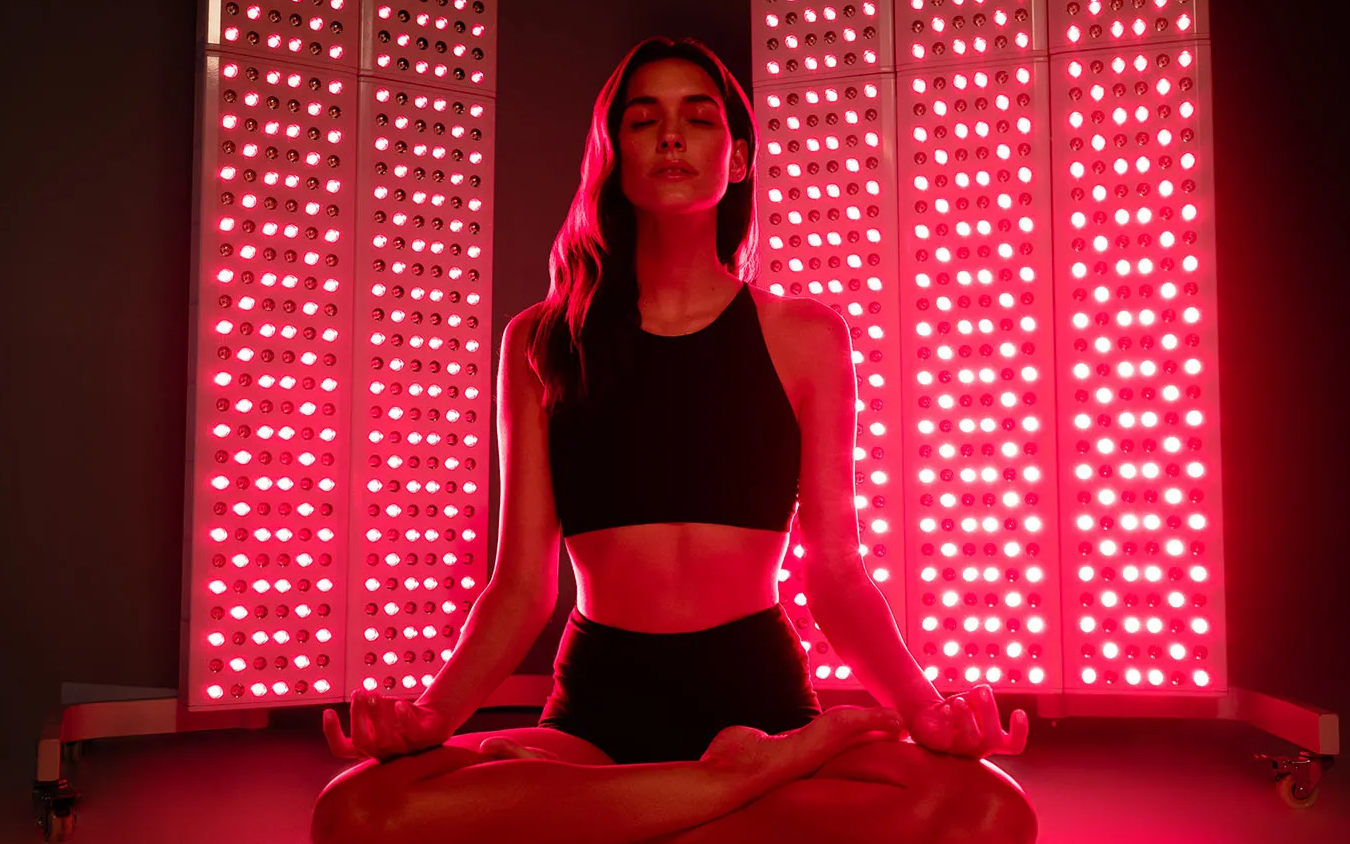


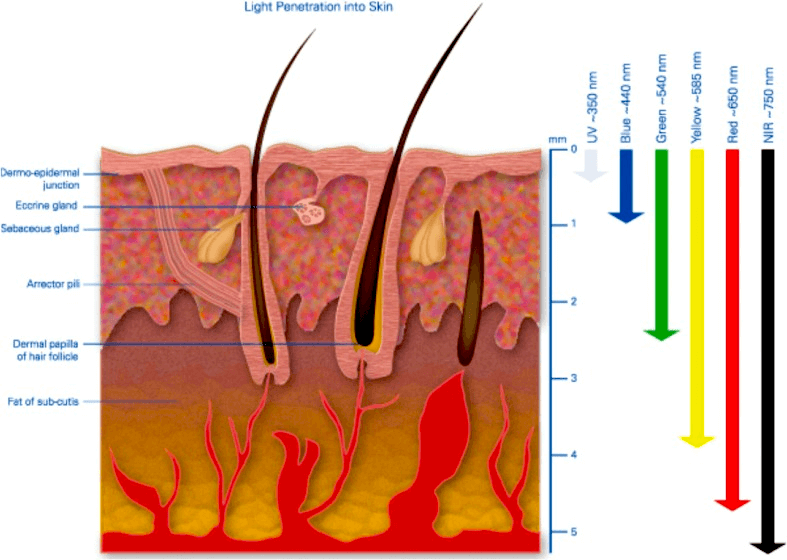

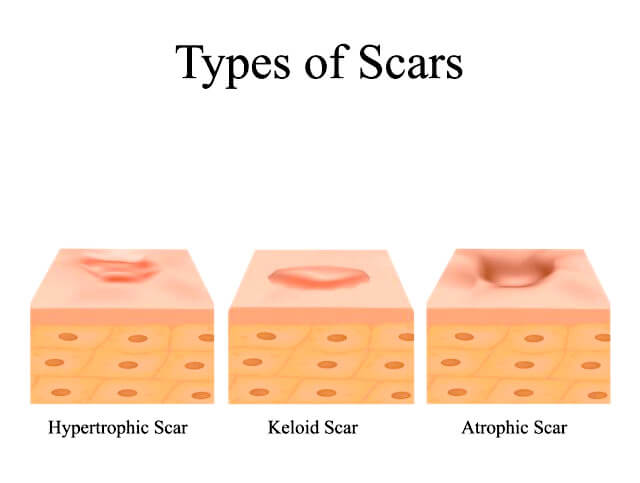

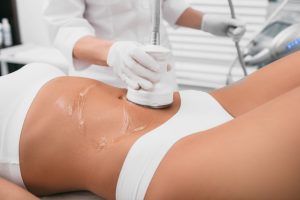

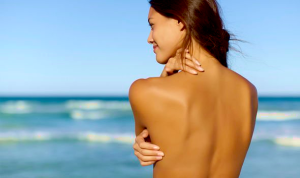
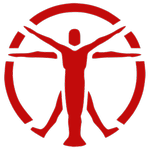
Is light therapy safe for cats?
It’s hard for me to believe that light therapy helped get rid of the terrible scar on my body! Thank you for a wonderful and informative article!
Will light therapy help with hereditary hair loss in men?